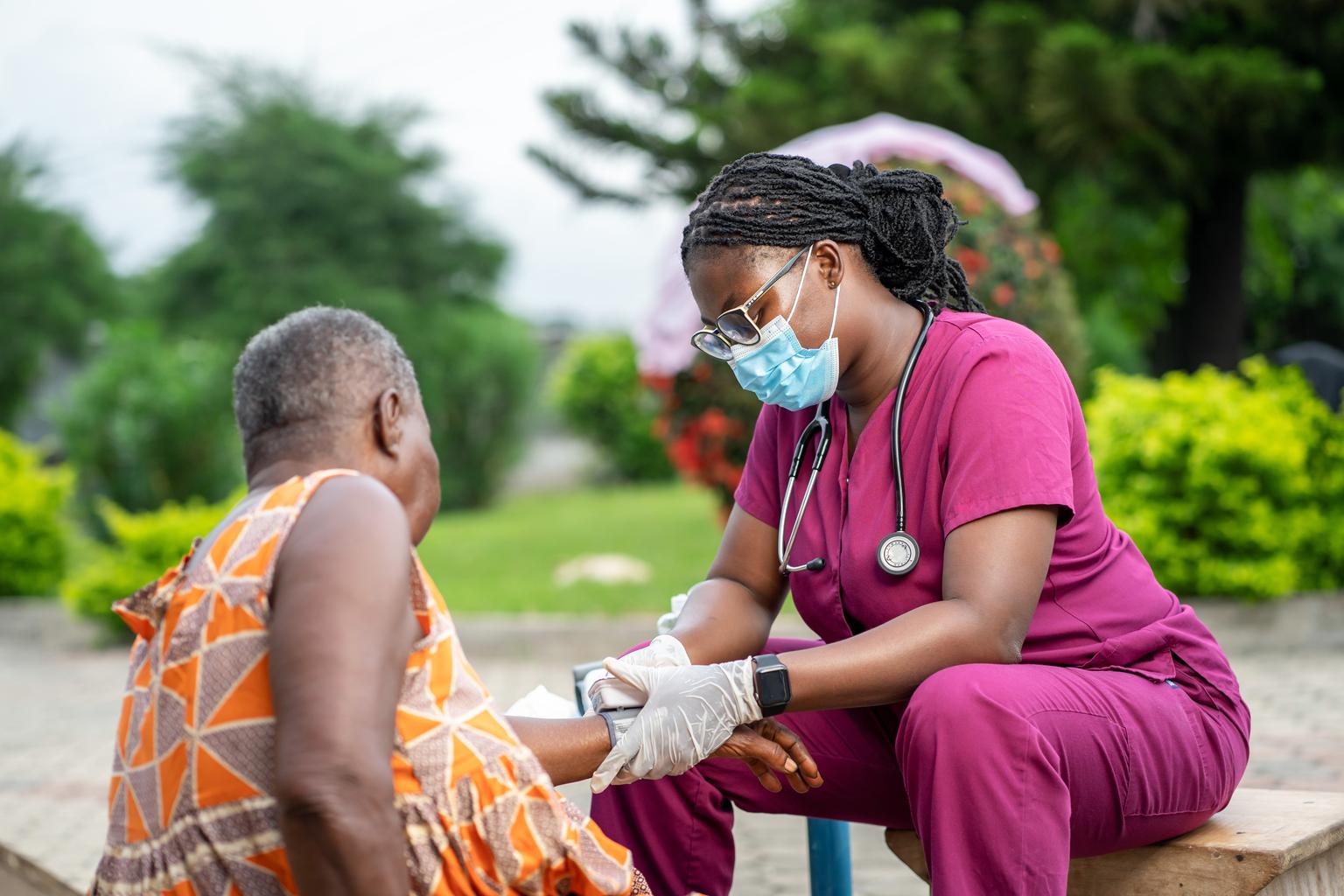One of the best parts of medical school was the close relationships I formed with other students. Med school is an experience unlike any other, and you often form strong bonds with those going through this experience with you.
In fact, sometimes the relationship you make with a fellow student is so strong that you want to carry it through to residency. Enter the couples Match for residency. But what is it, and how does it work? Read on for residency couples Match advice.
What is the couples Match for residency?
According to the National Resident Matching Program® (NRMP), the couples Match for residency allows two individuals to link their rank order lists and participate in the Match together in order to match with residencies in the same geographic area. To participate, each partner creates a list of their preferred residency programs. Both participants’ lists are coordinated to form pairs of choices that the matching algorithm considers. The couple will match to the most preferred pair of programs on their rank lists where each applicant receives an offer for a position.
How does the couples Match work?
If you and your partner decide to match as a couple, you first must register individually for a match in the Registration, Ranking and Results® (R3) system on the NRMP website. You must then send a couple’s request to your partner via the R3 system. When your partner accepts the request, you’ll have to pay a nonrefundable couples fee. The process has been successfully completed when the R3 Couples Status field reads “Accepted” and the Fee Status field reads “Paid.” You and your partner must have the same number of ranks, up to 300 each, on each of your lists. For a couples Match to be successful, you both must match at a pair of ranked programs.
Med School Insiders suggests that you carefully prepare your lists and consider a variety of factors, including the geographic areas where you’d like to work and the types of programs that appeal to you. Put in every program that might be a viable option. Place choices that are geographically close at the top of your respective lists, and place programs that are farther apart somewhere in the middle. At the bottom of your lists, enter programs that are options if one partner fails to match. This “No Match” code gives each of you the greatest chance of matching, even if one of you doesn’t match.
3 common questions about the couples Match
The couples Match comes with a few common questions and misconceptions.
1. Do you have to be married?
One of the most common misconceptions about the couples Match is that you have to be married or engaged to participate. This isn’t the case. Any two individuals can participate in the couples Match for whatever reason, regardless of their relationship.
2. Do you submit a combined application with your partner?
Many students also have misconceptions about the process itself. The Accepted site notes that the couples Match is not a combined application process to residency programs. This means that each of you will have to individually complete applications and arrange interviews. The programs you apply to don’t necessarily know that you’re attempting to match as a couple and won’t help your partner find a slot in that same program.
3. Does participating harm your chances of matching?
Another common misconception is that you’re less likely to match if you attempt to do it as a couple. The American Medical Association reports that while you may not get into your top choice residency, trying to match with a partner doesn’t harm your chances of matching into a program. In the 2019 application cycle, for instance, 95% of the 1,076 couples who participated in the Match together were successful.
In short, getting solid residency couples Match advice is important, as participating does add a layer of complexity to the matching process. However, you should also consider that residency represents an enormous investment of your time and energy and is one of the most important—and exhausting—phases of your medical career. Having a partner you can rely on is also an important variable in the equation and, depending on your situation, may outweigh these other considerations.





